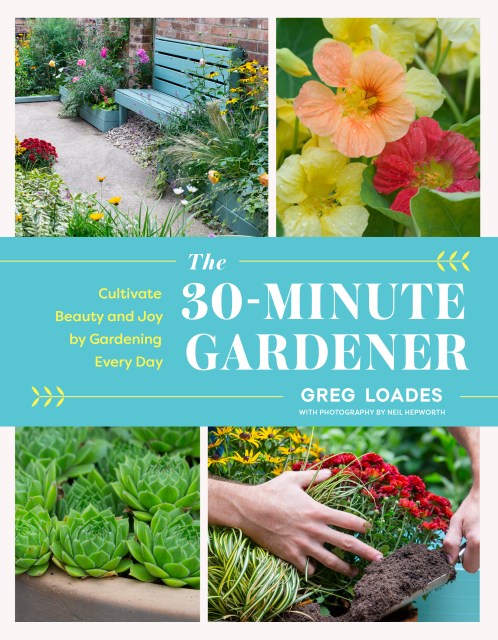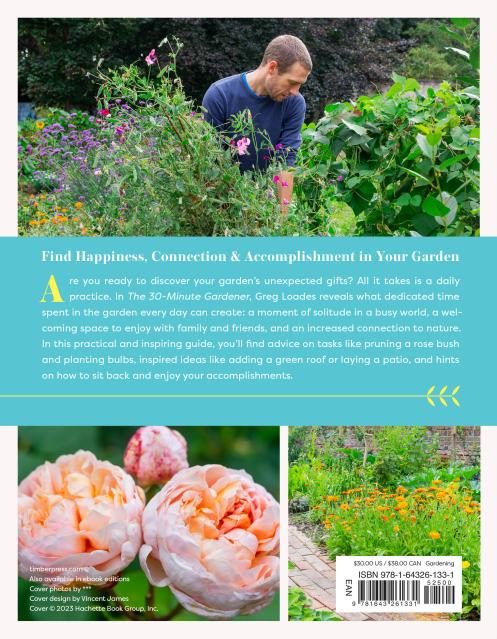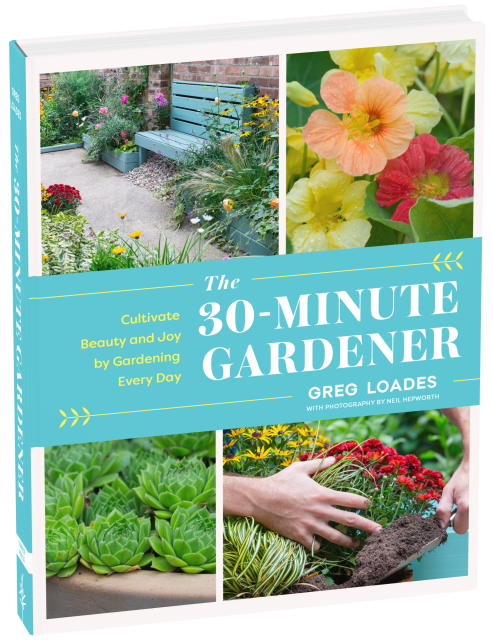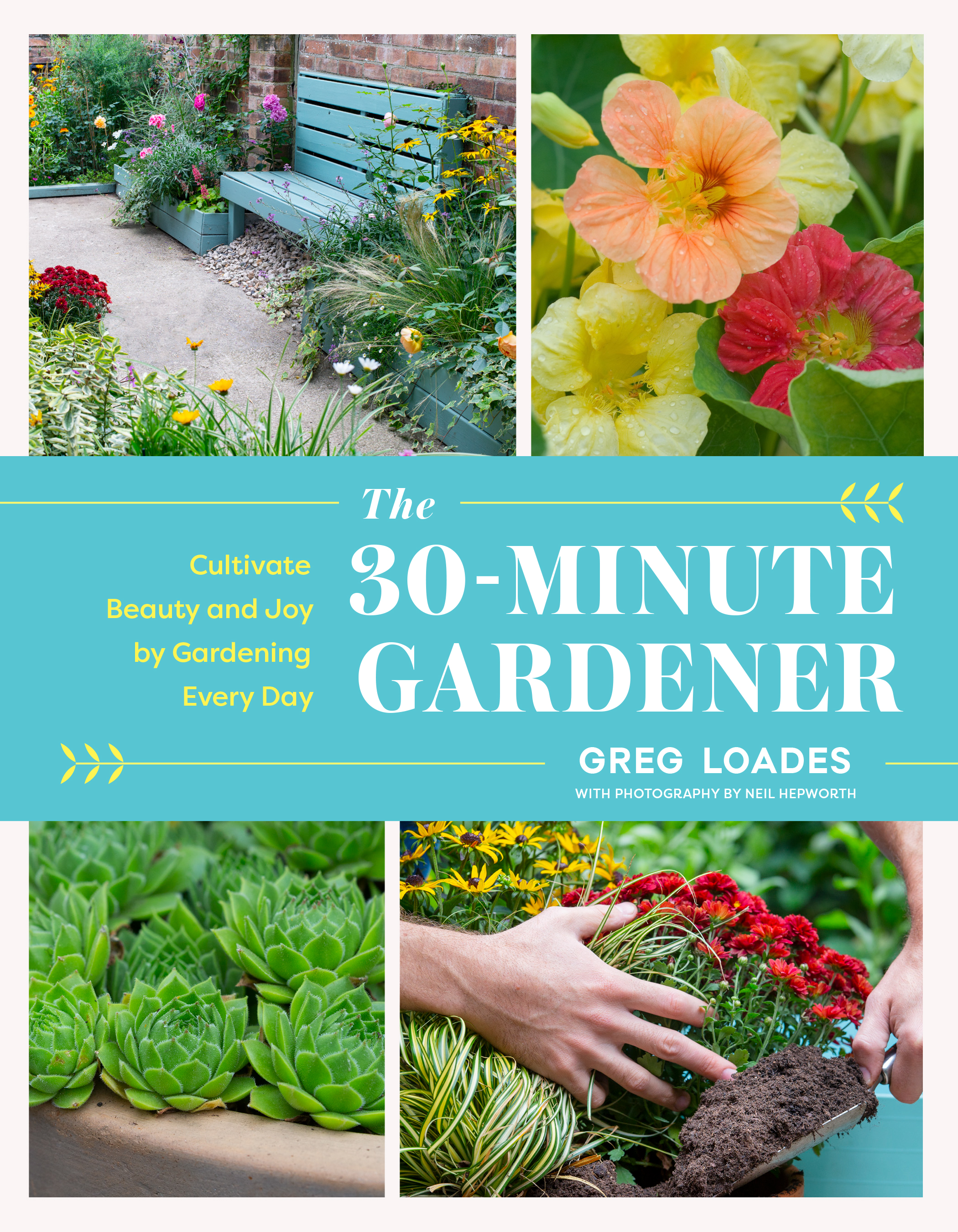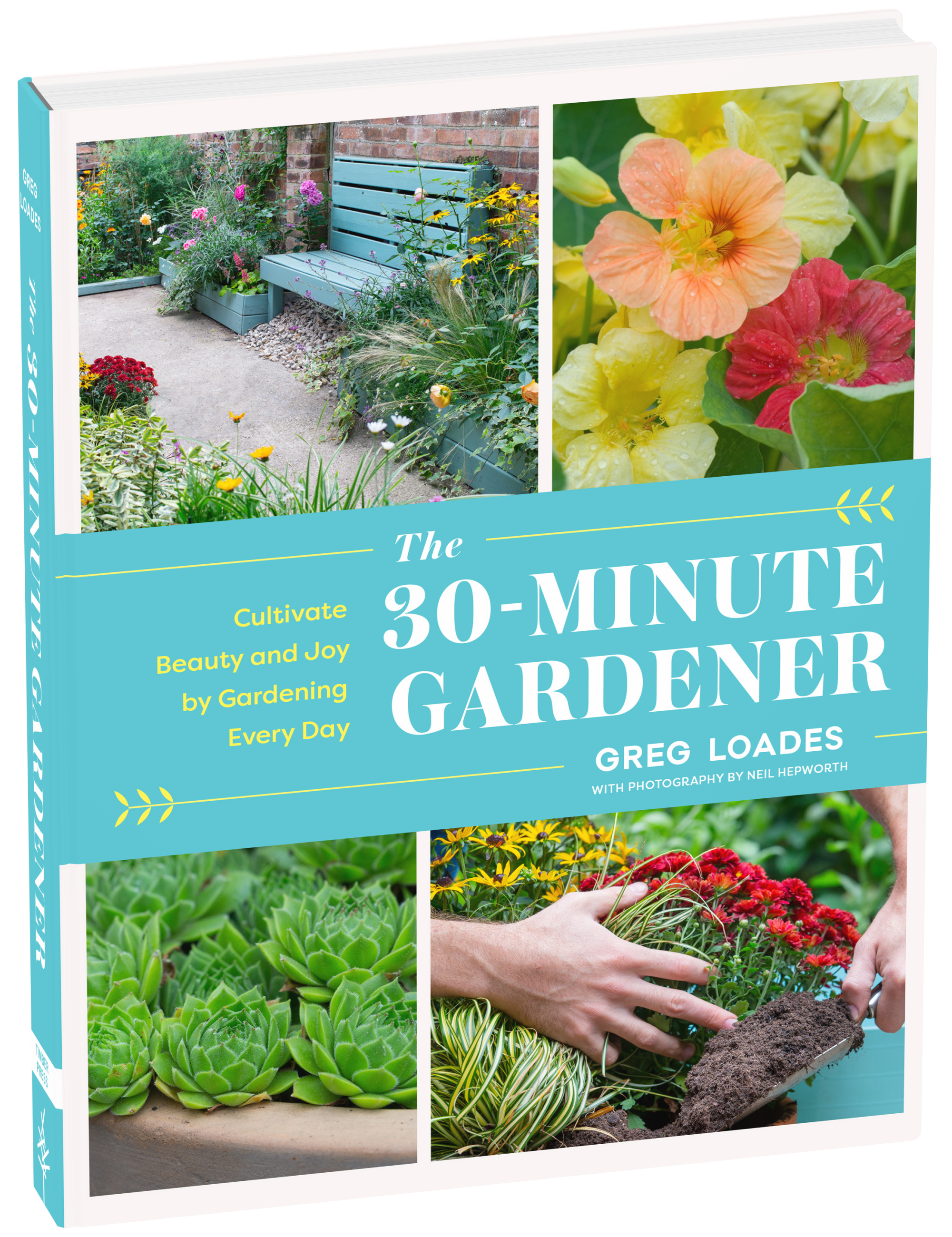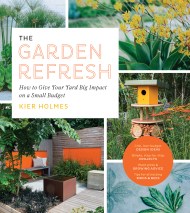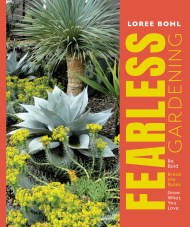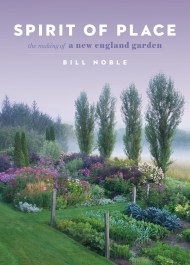Promotion
Use code MOM24 for 20% off site wide + free shipping over $45
The 30-Minute Gardener
Cultivate Beauty and Joy by Gardening Every Day
Contributors
By Greg Loades
Formats and Prices
Price
$30.00Price
$38.00 CADFormat
Format:
- Hardcover $30.00 $38.00 CAD
- ebook $3.99 $3.99 CAD
This item is a preorder. Your payment method will be charged immediately, and the product is expected to ship on or around May 30, 2023. This date is subject to change due to shipping delays beyond our control.
Also available from:
Find happiness, connection, and accomplishment by cultivating your garden life every day of the week using this inspiration-packed guide that shows aspiring gardeners exactly what they need to know.
Are you ready to discover your garden’s unexpected gifts? All it takes is a daily practice. In The 30-Minute Gardener, Greg Loadesreveals what dedicated time spent in the garden every day can create: a moment of solitude in a busy world, a welcoming space to enjoy with family and friends, and an increased connection to nature. In this practical and inspiring guide you’ll find advice on tasks such as pruning a rose bush and planting bulbs, inspired ideas for transforming an overgrown garden into a beautiful flower-filled haven, and hints on how best to savor your garden and enjoy your accomplishments.
Genre:
-
“Loades provides a template of how to turn a few moments into a zen-like experience that also improves your garden as you follow his lead.”Orange County Register
- On Sale
- May 30, 2023
- Page Count
- 232 pages
- Publisher
- Timber Press
- ISBN-13
- 9781643261331
Newsletter Signup
By clicking ‘Sign Up,’ I acknowledge that I have read and agree to Hachette Book Group’s Privacy Policy and Terms of Use
